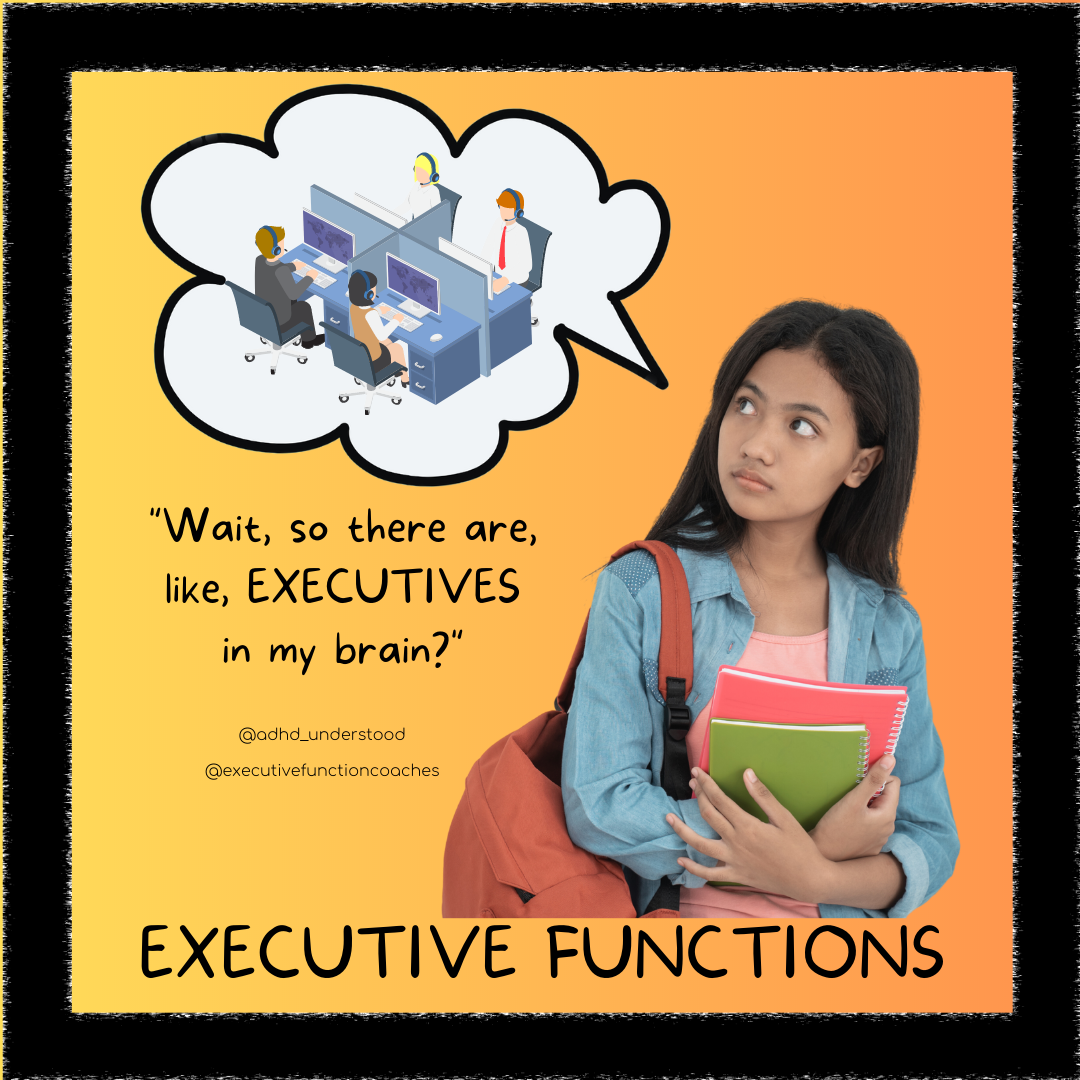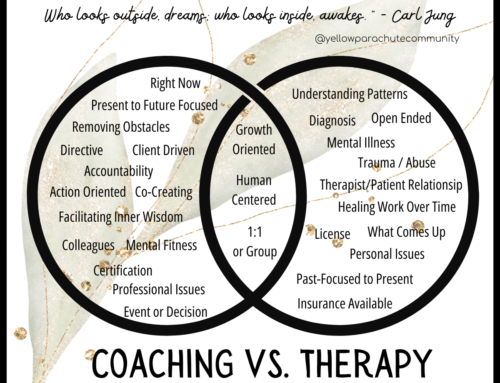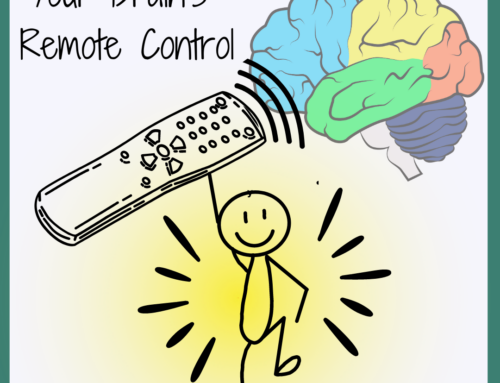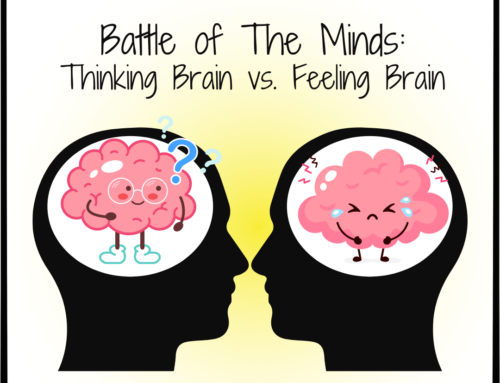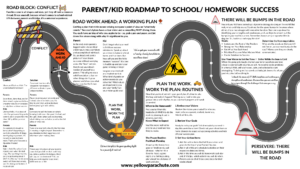“Wait, so there are like, EXECUTIVES in my BRAIN?”
Nothing like curiosity to inspire the development of new neural pathways! Analogies are a powerful way to teach, and we are grateful to @adhd_understood for lending us the vision of “a bunch of executives sitting in their cubicles in the prefrontal cortex!”
When we talk about Coaching Your Executives, we are talking about ways in which students can think about “coaching the executives sitting in their cubicles” to do things that their brains find difficult or frustrating. We can use this analogy when we extend the Yellow Parachute Executive Function Detectives Model (Elementary Level) to Coaching Your Executives in Middle School and High School. A world of compassion opens up when we can move from thinking about executive function deficits as “what’s missing” to “what’s the opportunity?”
Can you feel the shift? Let’s jump in!
Coaching Your Executives to Get What You Need
How do I know what I need? Let’s start here: The #1 Challenge for people with ADHD symptoms is working memory deficits. Working memory is the ability to take an idea, hold it in mind, then do something with it. This could mean solving a math problem, moving through your morning routine, getting to your classes or work on time, or navigating conversations in a social setting. Nearly everything you do throughout your day involves working memory in some way.
When working memory is a challenge, an individual is unable to retrieve and hold the information in an efficient way. It’s like an octopus who is missing an arm or has slippery suction cups. Can you picture it? This challenge is what creates the head scratching questions:
- “What do you mean, you don’t know?”
- “How could you forget _________?”
- “We just talked about this. Why isn’t it done?”
Getting what you need involves paying attention to the “head scratching moments,” so you can turn them into opportunities. Thinking about opportunities to coach your executives moves you into a place of curiosity, compassion, and creativity.
5 Coaching Your Executives Steps for Parents/Teachers and Students:
Parents and Teachers – Stop and ask:
- What is the obstacle keeping my child/student from following my instructions at this time?
- Did I give explicit instructions? If so, did they refuse to follow them, or are they struggling in some way?
- Am I explaining calmly, or am I agitated? Could my child/student be feeling my frustration and reacting to my emotions or the tone of my voice, rather than my request?
- What are the executive function skills that need support and practice in this specific situation? Are they able to identify it?
- How can I coach them to coach that specific executive function?
Students/Individuals with ADHD – Stop and ask:
- How can I stay calm to coach the executives in my brain? What do I need to do? Take a break? Ask for help? Take a breath? Think of something positive?
- What am I missing? What is the person asking me to do vs. what am I doing?
- Which executive needs help?
- What has worked before to coach this executive? What will work in the future?
- How can I communicate what I need and what I will do?
Which 5 steps are more relevant to the major roles you play in your life? Start TODAY by writing down the 5 steps and practice using them within the next week.
Sample action goals:
- I will use the 5 Coaching Your Executives Steps to ___(activity)___ by ___date)____.
- I will talk about the 5 Coaching Your Executive Steps with ___(person)___ by ____(date)___.
Are there other ways to target working memory?
Here are some ideas from Carla Counts Allan, Ph.D’s October 8, 2020 article in ADDitude Mag:
It’s really important for kids to understand what’s coming next and what’s expected of them. Use checklists and visual schedules to create some structure that allows your child to take ownership of his or her obligations, so it’s not just you having to nag and reinforce and nag and reinforce.
For younger kids, make simple drawings or find images of each task on the Internet (toothbrush, hair brush, clothing) and tape them on the wall near the bathroom sink. Seeing each part of the morning routine will encourage them to independently complete the task, and provide the opportunity for your child to demonstrate that they can. Remember kids want to please their parents.
As always, Yellow Parachute is here to help! Look for upcoming resources that help you Coach Your Executives! Connect with us today with your questions.
Yours in the Journey,
Cara

